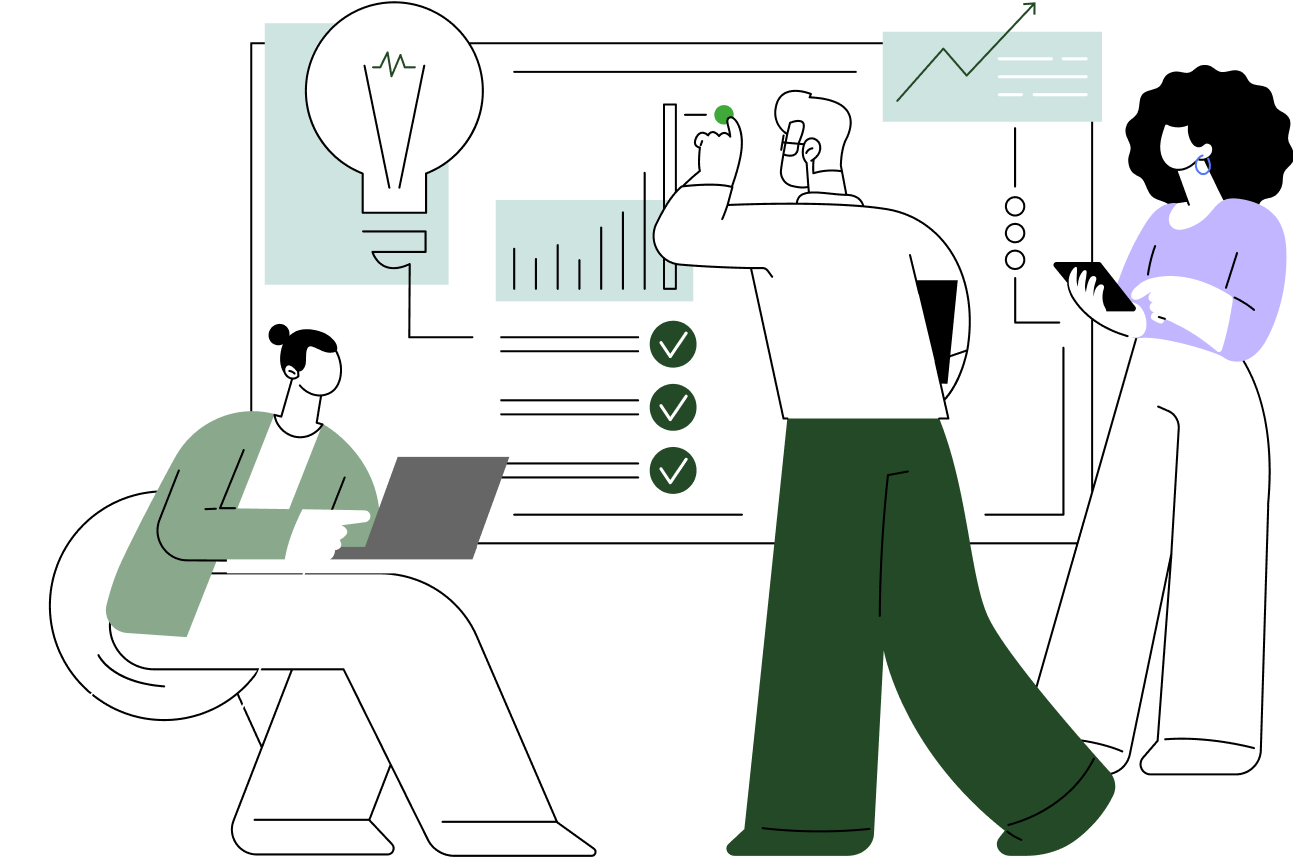The database world experienced seismic shifts in 2024, with major players like Redis and Elasticsearch making dramatic license changes that sent shockwaves through the developer community. While cloud giants continue to dominate the market, the struggle between open-source ideals and commercial interests has reached a critical point.
What started as routine business decisions quickly evolved into a complex battle over the future of database technologies. As companies scramble to protect their interests and developers demand more freedom, the industry finds itself at a crossroads that could reshape how we think about data management solutions.
Key Takeaways
- Major database companies like Redis and Elasticsearch made significant license changes in 2024 to protect against cloud service competition
- Redis Ltd. switched to SSPL licensing and faced immediate community response with Amazon's Valkey fork joining the Linux Foundation
- Elastic N.V. moved back to AGPL licensing after previous restrictions, leading Amazon to transfer OpenSearch to Linux Foundation
- The Databricks vs Snowflake competition intensified with both companies investing heavily in LLM development - DBRX and Arctic models
- Open-source database companies struggle with business sustainability as cloud providers continue to dominate the market
License Freakouts
2024 marked a year of major database license shifts. Redis Ltd. made waves by switching from BSD-3 to MongoDB's SSPL, triggering an immediate response from the developer community. Amazon launched Valkey, a Redis fork that quickly gained support from Google and Oracle developers before joining the Linux Foundation.
Elasticsearch's parent company, Elastic N.V., made a surprising move by returning to AGPL licensing in August 2024. This decision came after their previous restrictive licensing led Amazon to create OpenSearch. Following Elastic's change, Amazon transferred OpenSearch to the Linux Foundation.
These license changes hit Redis and Elasticsearch harder than other database providers like MongoDB and Neo4j. Many developers point to questions about fair profit distribution and community contribution recognition as key factors in the negative response.
Battle of the Data Giants
Databricks and Snowflake went head-to-head in 2024, spending big on large language models (LLMs). Databricks put $10 million into their DBRX model, but Snowflake's Arctic LLM proved more effective at specific tasks despite lower development costs.
The competition moved to catalog systems too. While HCatalog once led the field, it now faces strong alternatives. Databricks picked Unity for their solution, while Snowflake chose to work with Iceberg.
This rivalry mirrors the ongoing shift in data management tools. Both companies want to offer the best analytics solutions, pushing each other to create faster, more cost-effective options. For data engineers and analysts, this means better tools at lower prices - making advanced data processing more accessible to companies of all sizes.
DuckDB Everywhere
DuckDB has become a standout option in 2024's database landscape overview. Its growing integration with Postgres offers data teams a quick solution for analytics projects without requiring complex setups.
Small and medium companies benefit from DuckDB's ability to process data locally. Data analysts can run SQL queries on their machines instead of setting up separate database servers. This makes data work simpler and faster.
The database works well with common data formats like CSV and Parquet files. Users report high performance when working with datasets up to several gigabytes in size. Companies running Python-based analytics find DuckDB particularly useful since it connects smoothly with pandas dataframes.
For teams that need quick answers from their data, DuckDB provides a middle ground between spreadsheets and full-scale database systems.
Tooling Overload and Ecosystem Schisms
Database teams face mounting pressure from the growing number of tech options and license changes. Each fork creates more choices but also brings questions about long-term support and stability.
Take Redis as an example: The creation of Valkey adds another option, but it makes production teams think twice about which version to pick. Will the original Redis maintain its position? Will Valkey get enough backing from the Linux Foundation?
Many developers now stick to proven solutions rather than jumping on new database technologies. They'd rather wait for the dust to settle than risk building on systems that might split further. This careful approach makes sense when you consider how license shifts can affect entire production stacks.
Smart teams focus on mastering core database skills that work across different systems instead of chasing every new fork or variant.
Innovation and Flexibility
Competition between database vendors creates better tools for everyone. Snowflake and Databricks push each other to build faster query engines and smarter data processing systems. Their work on LLMs shows how AI can make data analysis more efficient.
The split in the Redis community opened doors for new data pipeline designs. Teams now mix different database types to get the best performance. Some run analytics on DuckDB while keeping production data in PostgreSQL.
Cloud providers make high-end database features available without massive upfront costs. Small teams can test machine learning models on their data using pre-built tools. Data scientists spend less time setting up infrastructure and more time finding insights.
These changes help companies build data systems that fit their exact needs. Whether processing real-time data or running complex analyses, there's likely a database combination that works.
Looking Ahead for Data Management
Big questions face databases in 2024. Will constant business fights and license rules push users toward community projects? Many teams watch as open-source values clash with profit goals.
Cloud companies keep taking bigger pieces of the market. Yet small companies need options they can count on without breaking their budgets. Some wonder if we'll see teams move to Linux Foundation projects like Valkey and OpenSearch in large numbers.
The splits in Redis and Elasticsearch communities point to deeper issues. As database companies try to protect profits, developers want stable, free tools. This pull between making money and keeping code open might reshape how we build and run databases in coming years.
The next chapter could bring stronger community-backed options as users seek alternatives to commercial systems.
Conclusion
The database industry stands at a pivotal moment where innovation and business sustainability seem increasingly at odds. While new technologies and competitive pressures drive impressive technical advances, the fundamental question of how open-source database companies can thrive alongside cloud giants remains unanswered.
As we move forward, the success of community-driven initiatives like Valkey and OpenSearch might offer a glimpse of what's to come. The balance between commercial interests and developer freedom will likely shape the next generation of database solutions, potentially leading to new models that better serve both creators and users.



.png)
.png)
.png)









